Budget and Finance Committee
The Budget and Finance Committee is responsible for the development of the annual budget which, for the succeeding year, is submitted to the Board of Directors for action in December of the current year. Current members are:

WILLIAM E. KENNEDY, JR.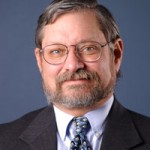 has extensive experience as a project manager, task leader, and individual contributor covering a broad range of health physics and nuclear engineering topics. He received his BS and MS degrees in Nuclear Engineering from Kansas State University. Mr. Kennedy has been involved in the development of environmental pathway and radiation dosimetry models used to assess potential health and environmental impacts that resulted from releases of radionuclides to the environment. He specializes in the use of these models in environmental dose reconstruction, radioactive materials transport, radioactive waste disposal, and evaluation of nuclear facility operating practices. Over the past 37 y, Mr. Kennedy has led and contributed to a variety of projects for the U.S. Nuclear Regulatory Commission, the U.S. Department of Energy, the Electric Power Research Institute, and private industry. He has been involved with development of the technical basis for revised standards and regulations, and serves as the chair of ANSI/HPS N13.12, Surface and volume Radioactivity Standards for Clearance. He served as a consultant to the International Atomic Energy Agency (IAEA), Vienna, Austria, and was a member of the IAEA Advisory Groups to evaluate the Derivation of Exempt Quantities for Application to Terrestrial Waste Disposal and Derivation of Exempt Quantities for Recycle of Materials from Nuclear Facilities. He was an invited lecturer for IAEA training courses on Management of Radioactive Waste from Nuclear Power Plants at Argonne National Laboratory; on Safety Assessment Modeling for Low and Intermediate Radwastes in Rio de Janeiro, Brazil and in Cairo, Egypt; and on Environmental Monitoring in Kiev, Ukraine. In 1990, he received the Health Physics Society's (HPS) prestigious Elda E. Anderson Award. He served as a member of the HPS Board of Directors from 1998 through 2001 and was selected as a fellow of the society in 2002. He was a member of the U.S. delegation to the 10th Congress of the International Radiation Protection Association in Hiroshima, Japan. |
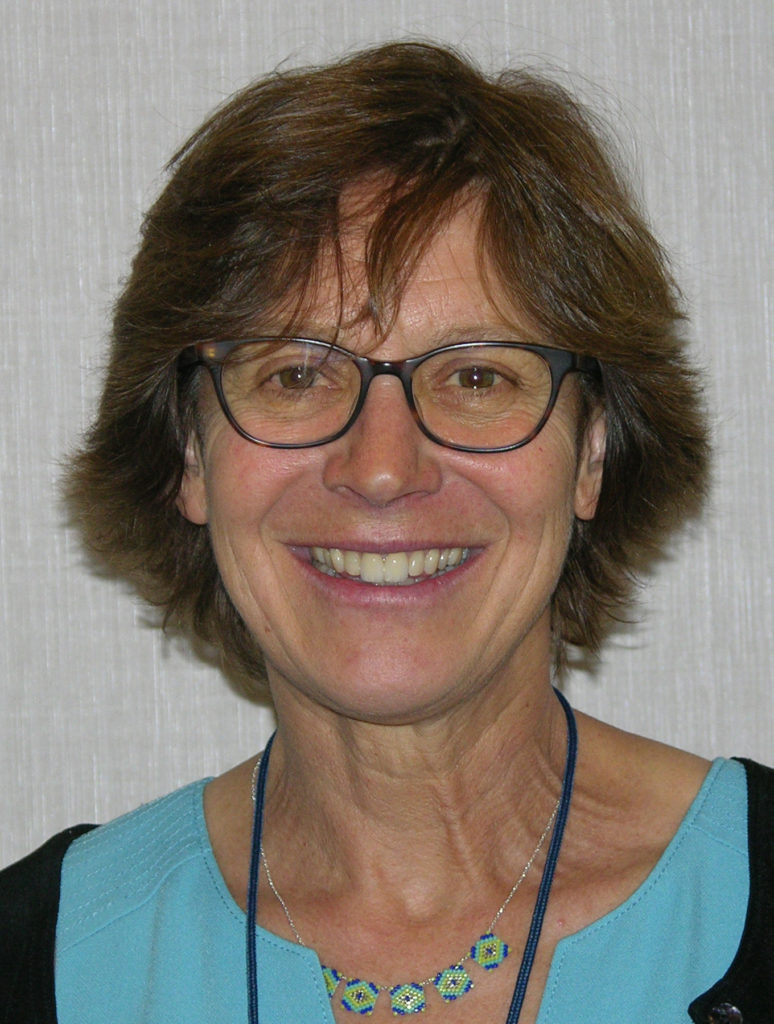
HELEN A. GROGAN
is President of Cascade Scientific, Inc., an environmental consulting firm. Dr. Grogan received her PhD from Imperial College of Science and Technology at the University of London in 1984 and has more than 25 y of experience in radioecology, environmental dose reconstruction, and the assessment of radioactive and nonradioactive hazardous wastes. She first worked at the Paul Scherrer Institute in Switzerland on the performance assessment of radioactive waste disposal for the Swiss National Cooperative for the Disposal of Radioactive Waste (Nagra). Dr. Grogan was actively involved in the early international cooperative efforts to test models designed to quantify the transfer and accumulation of radionuclides and other trace substances in the environment. Validation of computer models developed to predict the fate and transport of radionuclides in the environment remains a key interest of hers. In 1989 Dr. Grogan returned to the United Kingdom as a senior consultant to Intera Information Technologies before moving to the United States a few years later, where she has worked closely with Risk Assessment Corporation managing the technical aspects of a wide variety of projects that tend to focus on public health risk from environmental exposure to chemicals and radionuclides. Dr. Grogan has served on committees for the National Academy of Sciences, the International Atomic Energy Agency, the U.S. Environment Protection Agency, and NCRP. She co-edited the text book Radiological Risk Assessment and Environmental Analysis published by Oxford University Press in July 2008, and authored the chapter on Model Validation. |
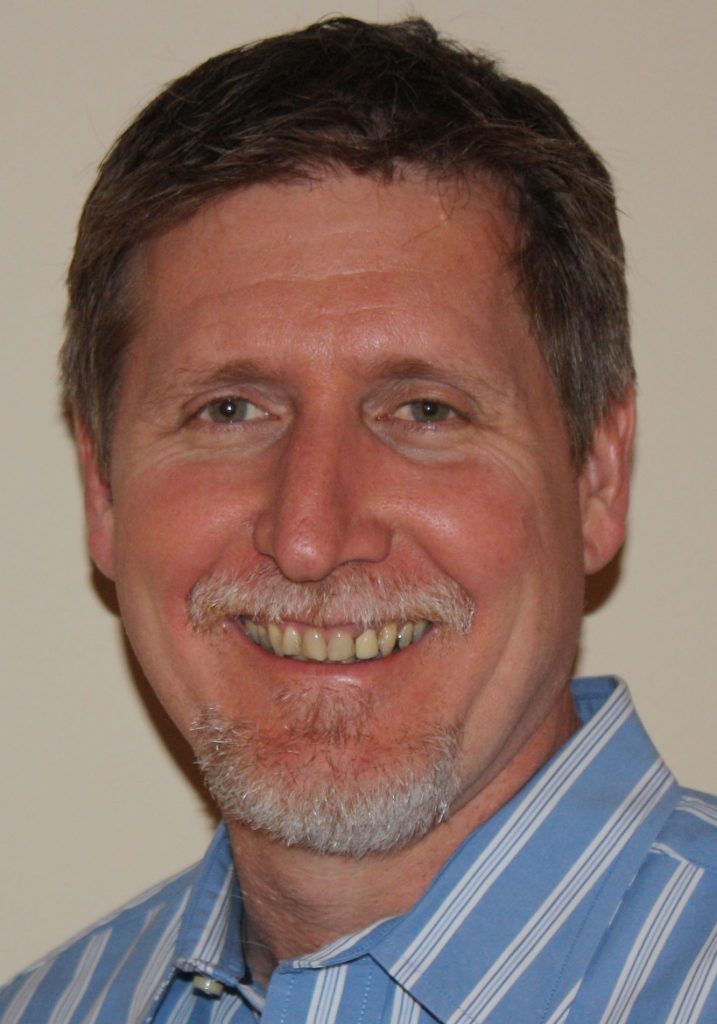
Willie O. Harris
has over 42 y of experience in radiation protection at power reactors, which has included over 25 y in program management and oversight. Prior to retirement he was the corporate radiation protection manager of the largest fleet of nuclear power plants in the United States. He is currently Senior Director of Radiation Protection for CN Associates. In this role, he has written several technical reports for the Electric Power Research Institute, provides consulting services for several sites in decommissioning and operational radiation protection programs at nuclear power plants.
He holds a bachelor’s degree in radiation protection. He is a certified health physicist, a registered radiation protection technologist, and held a senior reactor operator certification. Mr. Harris has served on the Council since 2017 and is a member Program Area Committee 2 and the budget committee. He has been a member of the Health Physics Society since 1990. He is currently the Secretary for the AAHP Executive committee. |
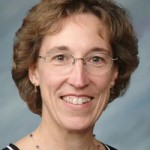
Kathleen L. Shingleton
has a BS degree from Virginia Polytechnic Institute and State University and a Master’s degree from San Jose State University. She has been comprehensively certified by the American Board of Health Physics since 1989. Ms. Shingleton has been an NCRP Council member since 2017, having previously assisted in writing reports under Program Area Committees (PACs) 6 and 2. She is currently a member of PAC 2 and has been a member of the Budget and Finance Committee since 2018. Ms. Shingleton retired from Lawrence Livermore National Laboratory in 2017, having served 38 y in a variety of roles in the Radiation Safety Program. During her career, Ms. Shingleton also served as secretary and president of the American Academy of Health Physics, as a member of the American Board of Health Physics Part I and II exam panels, and as treasurer and member-at-large for the Health Physics Society (HPS). In 2008 she named a Fellow of HPS. |
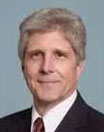
R. CRAIG YODER directed Landauer's technical activities relating to radiation dosimetry, particularly for applications in radiation protection from 1983 through his retirement in 2015. Additionally, he oversaw subsidiary and partner businesses located in Australia, Brazil, China, France, Mexico, Japan, Sweden and Turkey. An internationally known expert in radiation monitoring, Dr. Yoder led Landauer's transition from film and thermoluminescent dosimetry technology to optically stimulated luminescence, an assignment that required strategic planning and direction in areas spanning scientific research, product development, manufacturing, laboratory operations and marketing. From 1993 to 2001, he was Vice President of Operations and managed Landauer's manufacturing and analytical laboratory activities in addition to overseeing research and development programs. Dr. Yoder is a member of NCRP and former President of the Council on Ionizing Radiation Measurements and Standards. He has served on several national and international committees to develop dosimetry standards. He was a member of a National Research Council committee that examined the accuracy of film badge measurements made during atmospheric nuclear weapons testing. Dr. Yoder earned his MS and PhD degrees in Bionucleonics at Purdue University and received a BS in Pre-Medicine from Davidson College. He also completed the Executive Program at Stanford University. He is Certified in Comprehensive Health Physics by the American Board of Health Physics. |
Nominating Committee
The Nominating Committee is responsible for conferring with the Board of Directors to determine the number of vacancies to be filled in each election; receiving guidance from the Board as to the scientific areas of need; reviewing the individuals suggested as nominees for Council membership, including review of the comments on prospective nominees proffered by the Council members; determining the candidates to be recommended for nomination for election as voting members; presenting its slate of nominees to the Council membership at the annual meeting; presenting its slate of nominees for the offices of President, Vice President, Secretary, Treasurer, and Assistant Secretary to the Council membership at the annual meeting; presenting nominations for the Board of Directors; reviewing the backgrounds of those eligible for Distinguished Emeritus membership and making appropriate recommendations in this regard to the Council membership at the annual meeting; and making other recommendations to the Council membership at the annual business meeting as it may determine are pertinent.
The Committee reviews a substantial amount of information in advance of each election, conducts its evaluations, and prepares a formal report for presentation to the Council membership at the annual meeting. Current members are:
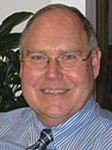
Michael A. Boyd is the Director of the Center for Science and Technology in the U.S. Environmental Protection Agency’s Office of Radiation and Indoor Air/Radiation Protection Division. The Center is responsible for the development of radiation dose and risk assessment guidance and for providing technical support for radiation protection policy issues. Mr. Boyd is also the co-chair of the Federal Guidance Subcommittee of the Interagency Steering Committee on Radiation Standards. He is a member of the NCRP’s PAC 5 and was recently elected to the NCRP Board of Directors. He is a member of the International Commission on Radiological Protection (ICRP) Committee 4 and chairs ICRP Task Group 98 on Application of the Commission’s Recommendations to exposures resulting from contaminated sites from past industrial, military and nuclear activities. Since 2015, he has chaired the Organisation for Economic Cooperation and Development/Nuclear Energy Agency's Committee on Radiological Protection and Public Health. Mr. Boyd is an active member of the Health Physics Society and is a delegate to the International Radiation Protection Association where he is currently a member of its International Congress Program Committee for IRPA 15, which will be held in Seoul, Korea in May 2020. He has a BS in Biology and MS in Public Health from the University of North Carolina at Chapel Hill. |
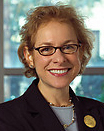
Jonine L. Bernstein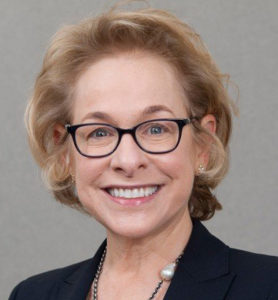 is an Attending Epidemiologist at the Memorial Sloan-Kettering Cancer Center (MSKCC) in New York City. Her core research focus is on breast cancer and gliomas and on understanding cancer risk and progression in order to identify those at highest risk because of gene carrier status, environmental exposures, or a combination of both. Dr. Bernstein is the Principle Investigator of the National Cancer Institute (NCI)-funded international 24-center Women's Environmental Cancer Radiation and Epidemiologic (WECARE) Study which was specifically designed to examine the interaction of radiation exposure and genetic predisposition in breast cancer, especially radiation-associated contralateral breast cancer (CBC) among 3,700 women with CBC and unilateral breast cancer. The WECARE Study has served as the source population for studies of candidate genes such as BRCA1, BRCA2, CHEK2, and ATM, candidate gene pathways of DNA damage response involved in radiation-induced double-strand break repair—ATM, CHEK2, P53 binding protein (53BPI), and MDC1, Mre11, Rad50, and Nbs1 (e.g., MRN nuclease complex), a genome-wide association study, and most recently mammographic density. The global hypothesis across these studies is that women who carry certain types of mutations will be more susceptible to breast cancer than noncarriers, and possibly to radiation-associated breast cancer. Dr. Bernstein currently serves as a member of the Board of Directors of the American College of Epidemiology, the External Advisory group for the NCI-sponsored Breast Cancer Family Registry, the National Council on Radiation Protection and Measurements, and most recently the NCI Board of Scientific Counselors-Clinical Sciences and Epidemiology. For the past two years, she has served on the Organizing Committee of the American Statistical Association Conference on Radiation and Health (2012 and 2014 meetings), and was Co-Chair of the Third North American Congress of Epidemiology, held in June 2011 for which she was honored by the 2012 ACE Award for Leadership and Service in Epidemiology. Dr. Bernstein holds a PhD in Epidemiology from Yale University, an MS in Applied Biometry from the University of Southern California, and an AB from Brown University. Before joining the faculty at MSKCC, she was Deputy Director of the Division of Epidemiology at Mount Sinai School of Medicine. |
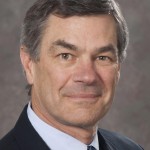
J. Anthony Seibert is Professor of Radiology at the University of California (UC) Davis School of Medicine in Sacramento, California. He received a PhD in Radiological Sciences from UC Irvine in 1982, specializing in quantitative digital fluoroscopic imaging. Directly thereafter, he took a faculty position at UC Davis Medical Center, pursuing digital imaging research, physics education efforts for graduate students and radiology residents, as well as quality control for medical imaging equipment in Diagnostic Radiology. He has continuing academic interests in digital mammography, computed tomography, interventional radiology, imaging informatics, and radiation dose tracking, assessment, and reporting. Former president of the American Association of Physicists in Medicine (AAPM) in 2011 and current Governor of the American Board of Radiology, Dr. Seibert has served and continues to interact with many professional committees in regards to medical imaging issues and presenting technical / educational events for the AAPM, International Atomic Energy Agency, and other professional societies. For NCRP, he is a member of Program Area Committee 4. As a co-author of The Essential Physics of Medical Imaging textbook for diagnostic physics education, Dr. Seibert continues with the development of cutting edge imaging technologies and medical physics education to improve the state of imaging science for the betterment of patient care. |
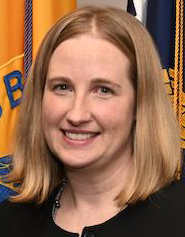
Julie M. Sullivan
|

Jeffrey J. Whicker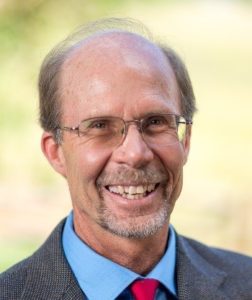
worked at Los Alamos National Laboratory as a health physicist and scientist for over 30 y. He received an MS in Health Physics and a PhD in Environmental and Radiological Health Science from Colorado State University and is certified by the American Board of Health Physics. Dr. Whicker is an elected Board Member of NCRP, served as a Board Member of the Health Physics Society, consulted for the International Atomic Energy Agency since 2018 on environmental sampling and remediation decisions, and was on the Editorial Board for the journal Radiation Protection Dosimetry for 8 y. He has been the recipient of numerous achievement awards including the U.S. Department of Energy Secretary’s Honor Award (2020). He is an author or co-author of hundreds of scientific publications, invited talks, book chapters, and presentations mostly on indoor and outdoor radiological air quality and measurements that span issues ranging from worker protection, homeland security, radiological dose and risk assessment for the public and the environment, and environmental quality. His research in outdoor air quality focused on aerosol transport through wind-driven suspension of contaminated soil and the effects of ecosystem disturbance on environmental transport rates. This research has broad implications for both public and ecosystem health. |
*President, Senior Vice President, and Executive Director are ex-officio members
Program Committee for the 2025 Annual Meeting
The Program Committee for the annual meeting is appointed by the Board. Prior to that, the Board has directed attention to the identification of a scientific topic to serve as a theme for the annual meeting, sometimes utilizing expositions of specimen programs on alternative topics prepared under the Board’s direction. The Program Committee is responsible for developing the program on the topic selected by the Board and identifying potential speakers. Following approval of the proposed program by the Board, the Committee completes the arrangements for the meeting and, subsequently, for the publication of the proceedings. Members of the Program Committee frequently serve as chair of the various sessions of the meeting.
The topic for the 2025 Annual Meeting will be “The Million Person Study: Current Results and Vision for Radiation Epidemiology and Protection”
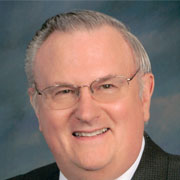
JOHN D. BOICE, JR.
is Professor of Epidemiology at Vanderbilt University School of Medicine. He is Past President of NCRP (2012 to 2018) and currently the Director of Science. After being awarded Doctor of Science in Epidemiology from Harvard University Dr. Boice went on to join the world-renowned National Cancer Institute (NCI) where he developed, and then in 1984 became the first chief of, the Radiation Epidemiology Branch. He remained in the U.S. Public Health Service (USPHS) for 27 y retiring as Captain. From 1997 to 2017, he was a member of the Main Commission of the International Commission on Radiological Protection, and for 25 y from 1993, a member of the U.S. delegation to the United Nations Scientific Committee on the Effects of Atomic Radiation. Dr. Boice has made substantial and significant contributions to our understanding of the risks posed by exposure to radiation, with over 550 publications in the scientific literature, many of them providing key elements for the scientific basis of radiological protection. He has been invited to deliver many distinguished lectures, including the Lauriston Taylor Lecture of the NCRP and the Sievert Lecture of the International Radiation Protection Association. His awards include the Harvard School of Public Health Alumni Award of Merit, the EO Lawrence Award from the U.S. Department of Energy, the Gorgas Medal from the Association of Military Surgeons of the United States, the outstanding alumnus award from the University of Texas at El Paso, the Distinguished Service Medal from the USPHS, the NCI Director's Award in 2021, and recently he was elected Honorary Fellow of the U.K. Society for Radiological Protection in 2022. The "John D Boice Jr Young Investigator Award" was established by NCRP in 2019 to recognize early career professionals. He currently serves on the Steering Committees for the Image Gently Alliance and for the Childhood Cancer Survivor Study (St. Jude). Dr. Boice has worked tirelessly to direct and advance the U.S. Million Person Study of nuclear workers and atomic test veterans, which will add significantly to our knowledge of the effects of prolonged exposure to low levels of radiation. |

LAWRENCE T. DAUER
is an Attending Physicist in the Departments of Medical Physics and Radiology at Memorial Sloan Kettering Cancer Center and serves at their Corporate Radiation Safety Officer. He serves as a member of the Nuclear and Radiation Studies Board of the National Academy of Sciences, Engineering and Medicine. He is a former Board member and current Council member of NCRP and is the Scientific Director of the Million Person Study. He has served as Chair or Co-Chair on several NCRP scientific committees associated with radiation protection of workers, patients, and members of the public. He served 7 y on the International Commission on Radiological Protection Committee 3, Radiation Protection in Medicine. |
John D. Boice, Jr. Young Investigator Award Committee
Established in April 2019 by a generous donation by President Emeritus / Director of Science, John D. Boice, Jr., the Young Investigaor Award recognizes an early career professional engaged in some aspect of science pertaining to radiation protection and measurements.
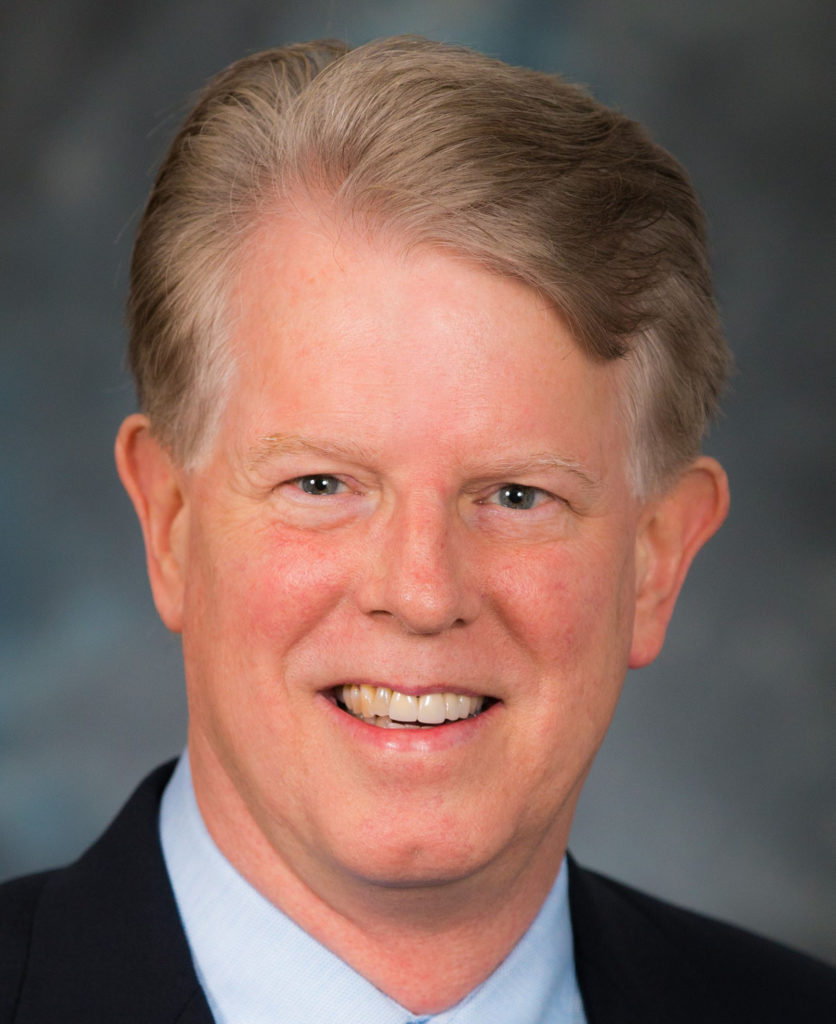
WESLEY E. BOLCH
is Professor of Biomedical Engineering and Medical Physics in the J. Crayton Pruitt Family Department of Biomedical Engineering at the University of Florida (UF). He serves as Director of the Advanced Laboratory for Radiation Dosimetry Studies at UF. Dr. Bolch earned his BSE degree in environmental engineering in 1984, his ME and PhD degrees in radiological physics in 1986 and 1998, respectively, from the University of Florida. He has been certified by the American Board of Health Physics since 1994 and licensed in Radiological Health Engineering by the Texas Board of Professional Engineers since 1992. In 2011, Dr. Bolch was elected Fellow of both the Health Physics Society and the American Association of Physicists in Medicine. He has been a member of the Society of Nuclear Medicine’s Medical Internal Radiation Dose (MIRD) Committee since 1993, a member of NCRP since 2005, and a member of Committee 2 of the International Commission on Radiological Protection (ICRP) since 2005. Within the latter, he serves as C2 Secretary and Leader of the ICRP Task Group on Computational Phantoms and Radiation Transport. He has published over 200 peer-reviewed journal articles, co-authored/edited 14 books/book chapters, and served as author on two NCRP reports, two ICRP publications, and two MIRD monographs. Dr. Bolch has managed a broad research program including (1) National Institutes of Health (NIH) and U.S. Department of Energy funded projects to construct high-resolution models of the skeleton to support dose-response studies in radionuclide therapy and radiation epidemiology; (2) NIH funded projects to develop scalable NURBS-based and voxel-based computational phantoms of adult and pediatric patients and associated software for organ dose assessment in nuclear medicine, computed tomography, interventional fluoroscopy, and radiotherapy; (3) private company funded projects to develop stereotactic kilovoltage x-ray treatments for age-related macular degeneration and glaucoma; and (4) Centers for Disease Control and Prevention funded projects in stochastic modeling of worker inhalation and gamma-ray exposures following radiological accidents and potential terrorist events. He is the recipient of the 2014 Distinguish Scientific Achievement Award by the Health Physics Society acknowledging outstanding contributions to the science and technology of radiation safety. |
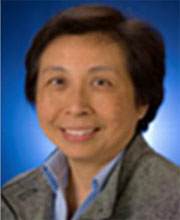
Polly Y. Chang
is the Scientific Director of the Non-clinical Development Program in SRI International's Biosciences Division. Dr. Chang received her BA in mammalian physiology, MA in bioradiology, and PhD in radiation biology/biophysics from the University of California, Berkeley. She is the principal investigator (PI) on a number of National Institute of Health, National Aeronautics and Space Administration, Biomedical Advanced Research and Development Authority (BARDA), and commercially-sponsored projects, using both in vitro and in vivo model systems to understand mechanisms of radiation injury and efficacy of medical countermeasures. As PI for the National Institute of Allergy and Infectious Diseases-supported medical countermeasure product development program, she and her team conducted a battery of studies that contributed to the Food and Drug Administration's approval of Romiplostim for hematopoietic syndrome under the Animal Rule. During her tenure at SRI, Dr. Chang has led multiple nonclinical product development programs for vaccines, biologics, metal decorporation agents, and small molecules that have resulted in over 10 approved investigational new drug applications. In collaboration with a team of SRI investigators, she is working on a BARDA-funded biodosimetry project to develop a hand-held field-deployable device for early detection of radiation exposure and triage. She has served on NCRP Scientific Committees for Report No. 181 on the evaluation of the biological effectiveness of low energy photons and electrons in inducing cancers in humans and Report No. 183 on radiation exposure in space and the potential for central nervous system effects. |

J. Anthony Seibert is Professor of Radiology at the University of California (UC) Davis School of Medicine in Sacramento, California. He received a PhD in Radiological Sciences from UC Irvine in 1982, specializing in quantitative digital fluoroscopic imaging. Directly thereafter, he took a faculty position at UC Davis Medical Center, pursuing digital imaging research, physics education efforts for graduate students and radiology residents, as well as quality control for medical imaging equipment in Diagnostic Radiology. He has continuing academic interests in digital mammography, computed tomography, interventional radiology, imaging informatics, and radiation dose tracking, assessment, and reporting. Former president of the American Association of Physicists in Medicine (AAPM) in 2011 and current Governor of the American Board of Radiology, Dr. Seibert has served and continues to interact with many professional committees in regards to medical imaging issues and presenting technical / educational events for the AAPM, International Atomic Energy Agency, and other professional societies. For NCRP, he is a member of Program Area Committee 4. As a co-author of The Essential Physics of Medical Imaging textbook for diagnostic physics education, Dr. Seibert continues with the development of cutting edge imaging technologies and medical physics education to improve the state of imaging science for the betterment of patient care. |





 News & Events
News & Events